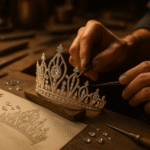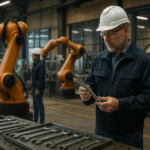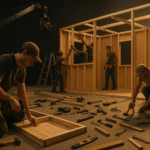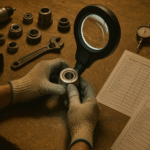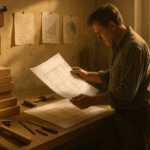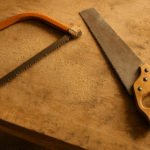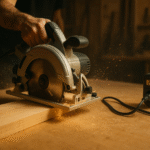As the sun drops behind the Nevada desert, crews in hard hats and harnesses tighten the last bolts of what will soon become a living sculpture of sound and light. Overnight, an empty field turns into a city of steel and color, where every beam, wire, and panel depends on precision, timing, and trust. Long before the music starts, teams of builders, electricians, and designers transform a blank space into the backbone of a cultural event — a masterpiece of engineering shaped entirely by human hands and heavy tools.
Building a festival stage is a mix of architecture and choreography. Modular trusses and platforms arrive by truck, stacked like puzzles waiting to be solved. Workers use impact wrenches, torque meters, and hydraulic lifts to raise skeletons of steel that can carry tons of lighting and sound equipment. These structures are tested under tight deadlines, and the smallest misalignment can throw off entire systems. During the five-day build of Tomorrowland’s mainstage, for example, crews handled more than two hundred tons of materials, relying on specialized scaffolding systems designed for fast assembly and safe disassembly once the lights fade.
The tools behind these events are not simple. Modern builders now use connected devices — drills and torque wrenches with built-in sensors that log data automatically — ensuring that every joint meets exact pressure requirements. The same technology has begun to reshape how everyday makers and workshop enthusiasts approach precision work, where digital measurement tools and IoT integration make complex builds far safer and more efficient. The evolution of tool design, from basic manual devices to smart, data-driven instruments, has already transformed how people think about construction, whether on a concert field or in a small garage project.
Safety runs through every part of a stage build. Teams work under enormous pressure — often through the night, surrounded by cables, suspended trusses, and machinery that could weigh several tons. Every festival must comply with international safety codes and inspections based on standards set by organizations like the Event Safety Alliance and OSHA’s guidelines for temporary structures. During large-scale events, weather sensors monitor wind speed, humidity, and potential storms, while digital checklists record torque values, rigging tension, and electrical load to prevent failures before the first sound check even begins.
Yet for all the technology, what sets these builds apart is the artistry within the engineering. Stage designers approach each festival as a story told through structure. The sweeping metal arcs of Coachella’s installations or the industrial minimalism of Sick New World are not just for show — they are functional sculptures. Engineers translate sketches and CAD renderings into real-world architecture, combining welding, carpentry, lighting, and motion design into one cohesive system. In many ways, this level of craftsmanship mirrors how tool innovation itself has evolved — merging design and function until the two are inseparable. As seen in the latest generation of power tools that emphasize both ergonomic comfort and mechanical precision, today’s stage builders embody the same philosophy of efficiency meeting creativity.
Once the final act finishes, the process reverses. Crews deconstruct everything they built in record time, preserving materials for reuse at future festivals. Recyclable steel trusses, modular decking, and solar-powered lighting rigs are now standard practice, signaling a shift toward sustainable event production. Even at this scale, environmental awareness has become an essential part of modern craftsmanship. Many production teams cite influences from industry analyses on renewable materials and manufacturing innovation featured in publications such as Live Design Magazine and the Tomorrowland Technical Report, both of which highlight how the next generation of stage construction prioritizes reusability and resource efficiency.
What emerges from all this effort is more than entertainment — it’s a celebration of collective skill. Beneath every towering LED screen and synchronized pyrotechnic display lies a framework built by people who understand both the science of load-bearing metal and the art of performance. For them, the show begins long before the crowd arrives. The rhythm of their work — the buzz of a drill, the clang of steel, the hum of generators — is its own kind of music. And when the lights finally blaze across the stage, their craftsmanship stands invisible but essential, proving once again that even in a world of spectacle, it’s still the builders who make the magic possible.

